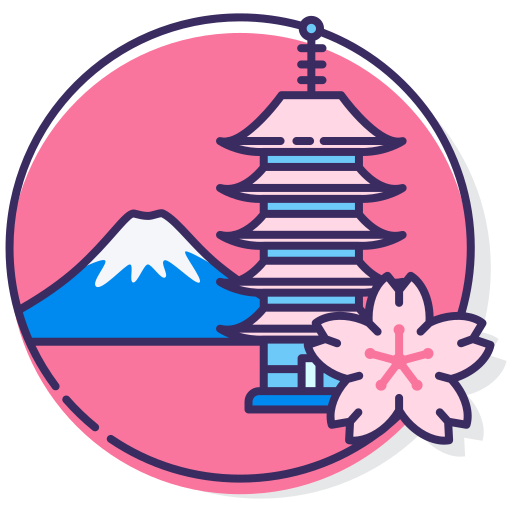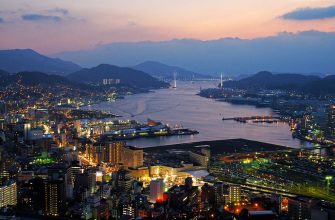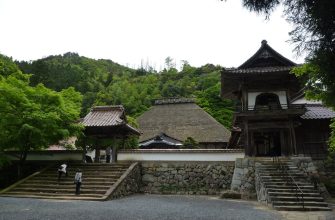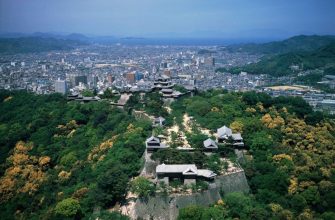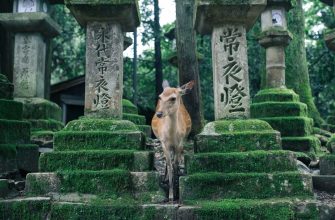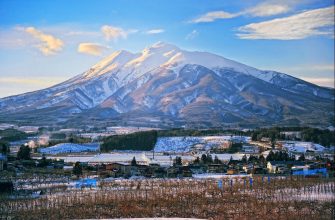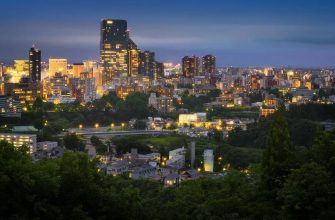Kyoto, the birthplace of Japanese tea culture, is renowned for producing the world’s finest Matcha. This vibrant green powder is a symbol of the city’s rich history and outstanding quality. Visitors to Kyoto can experience Matcha in various forms, from traditional tea ceremonies to modern cafes that offer innovative matcha-infused treats.
Matcha offers numerous health benefits, making it a popular choice for wellness-conscious individuals. In addition to its unique flavor, Matcha is packed with antioxidants and nutrients that promote relaxation, energy, and focus. Kyoto boasts diverse matcha experiences, ranging from traditional teahouses to contemporary cafes that captivate both locals and tourists.
History of Kyoto Matcha
Origins and Cultural Significance
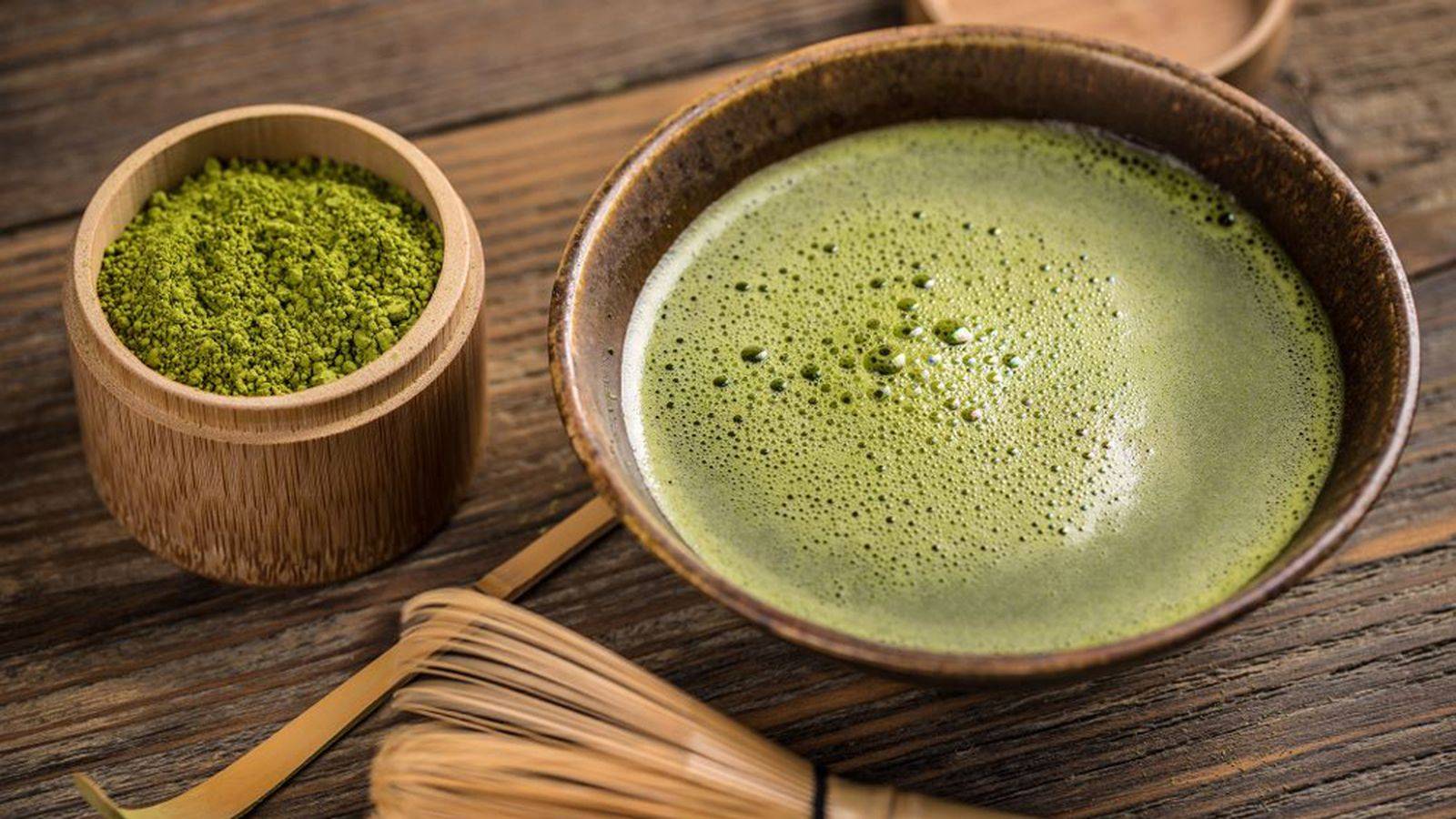
Kyoto Matcha, a finely ground green tea powder, has a long history that spans centuries in Japan. The unique tea originated in Kyoto Prefecture, specifically in the Uji region, and remains one of the few regions producing high-quality Matcha.
Matcha has played a significant role in Japanese culture and tradition since its early days. It was not produced in bulk and was considered a symbol of luxury. Matcha has been an essential part of Japanese tea ceremonies for generations. These tea ceremonies emphasize rituals and traditions, with a focus on the preparation and consumption of Matcha.
During the Edo period, many cultural practices developed, and the arts flourished, leading to the growth of Matcha’s popularity. These developments influenced the appreciation for Matcha and the tea ceremony.
Today, the traditional matcha experience is still prevalent in Kyoto and other parts of Japan. Visitors can enjoy the traditional tea ceremony on tatami mats and learn about the rich history of Japanese tea culture. As you learn more about the history of Kyoto Matcha, you’ll discover how intertwined it is with Japan’s cultural traditions.
Matcha Production
Growing and Harvesting Process

Matcha production begins with cultivating and harvesting tea leaves. The tea plants are grown in the shade for about three to four weeks before harvest using a shade-growing technique. This technique slows the plants’ growth, resulting in a deeper, richer green color in the leaves. Farmers handpick the finest young tea leaves and lay them out to dry to reduce the moisture content, preparing them for further processing.
From Leaves to Powder: The Making of Matcha
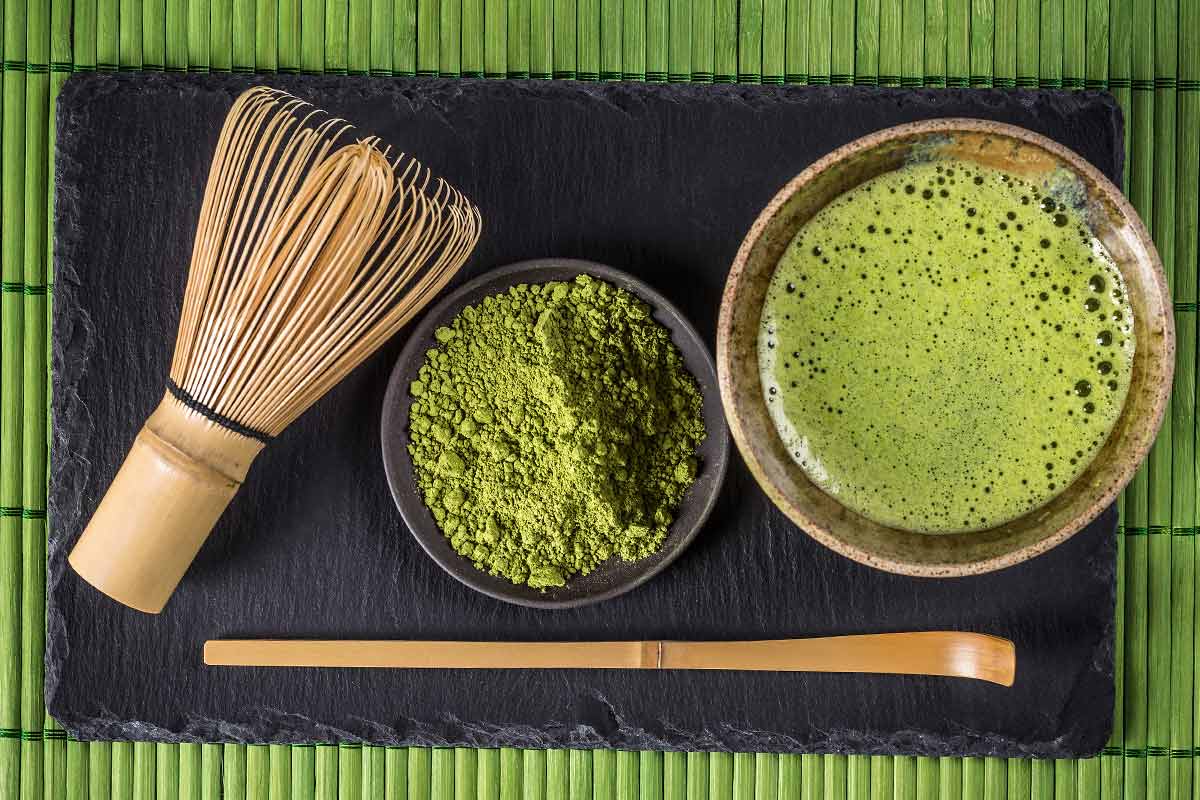
To transform the dried leaves into matcha powder, the leaves undergo multiple steps. First, the leaves are deveined and destemmed, leaving only the most tender parts. After processing, the leaves, known as tencha, are ground using traditional stone mills. This grinding method preserves the rich green color and nutrient content, ensuring a consistent powder texture. Finally, the Kyoto Matcha powder is packaged and ready for shipping.
Shade-Growing Technique
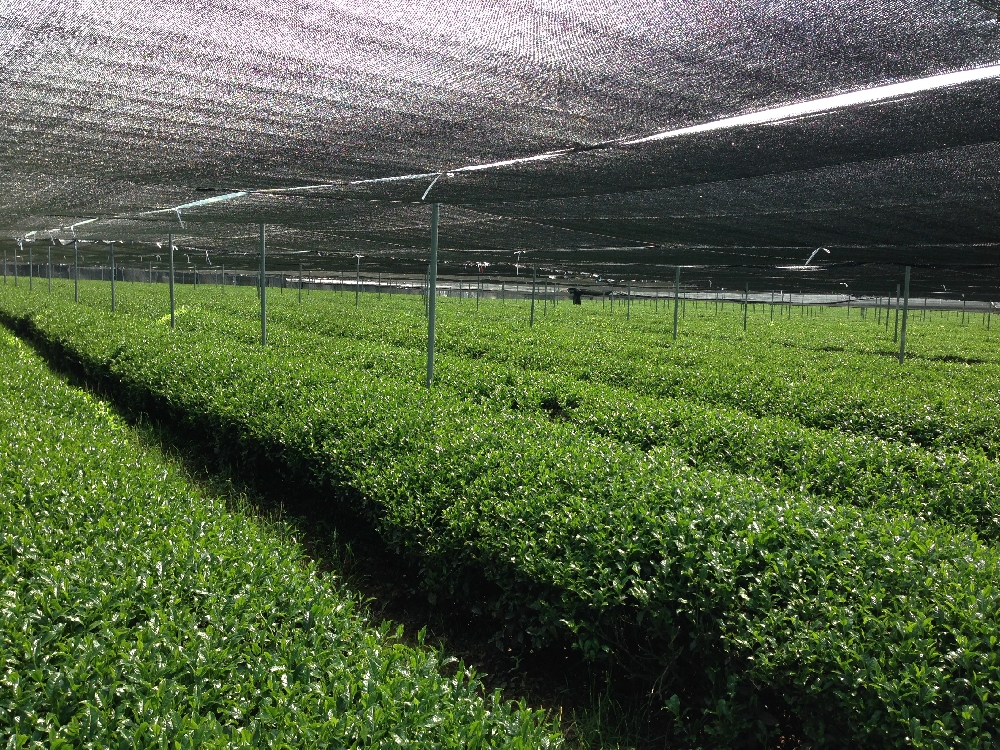
One of the key factors that sets matcha apart from other types of tea is the shade-growing technique. Limiting the plants’ exposure to sunlight produces higher levels of chlorophyll and theanine, resulting in a distinctive bright green color and smooth, umami-rich flavor. Some of the best-known matcha brands in Kyoto that use this technique include Ippodo Tea, Marukyu Koyamaen, Ito Kyuemon, and Shimizu Ippoen Kyoto. The shade-growing technique is also used in the production of gyokuro, another high-quality Japanese green tea.
Types of Kyoto Matcha
Kyoto is renowned for its high-quality matcha, which can be categorized into two main types: Ceremonial Grade Matcha and Culinary Grade Matcha. These two types of Matcha are distinguished by their quality, flavour, and recommended uses.
Ceremonial Grade Matcha
Ceremonial Grade Matcha is the finest quality matcha produced in Kyoto. It is made from the youngest tea leaves, which are handpicked and stone-ground to create a fine powder. This Matcha is known for its vibrant green colour, rich umami flavour, and smooth texture. People use Ceremonial Grade Matcha in traditional tea ceremonies.
There are two types of Ceremonial Grade Matcha: usucha (thin tea) and koicha (thick tea). Usucha is the more common type, with a lighter consistency and flavour. To prepare usucha, one teaspoon of matcha powder is whisked with about 2 ounces of hot water. In contrast, koicha is prepared with less water and more matcha powder. It has a more intense flavour and yields a thicker, paste-like consistency.
Culinary Grade Matcha
Culinary Grade Matcha is made from mature tea leaves and is ground into a coarser powder than Ceremonial Grade Matcha. Although it still has high quality and flavour, it is better suited for cooking and baking. It is especially popular for making various sweet and savoury dishes, such as matcha ice cream, matcha lattes, matcha smoothies, matcha cookies, and matcha soba noodles. Culinary Grade Matcha has a slightly more robust flavour and can be more affordable.
In conclusion, Ceremonial Grade Matcha is the highest quality matcha produced in Kyoto, used in traditional tea ceremonies, and made from the youngest tea leaves. On the other hand, Culinary Grade Matcha is better suited for cooking and baking, made from mature tea leaves, and has a slightly more robust flavour.
Kyoto’s Matcha Cafes and Teahouses
Iconic Matcha Cafes
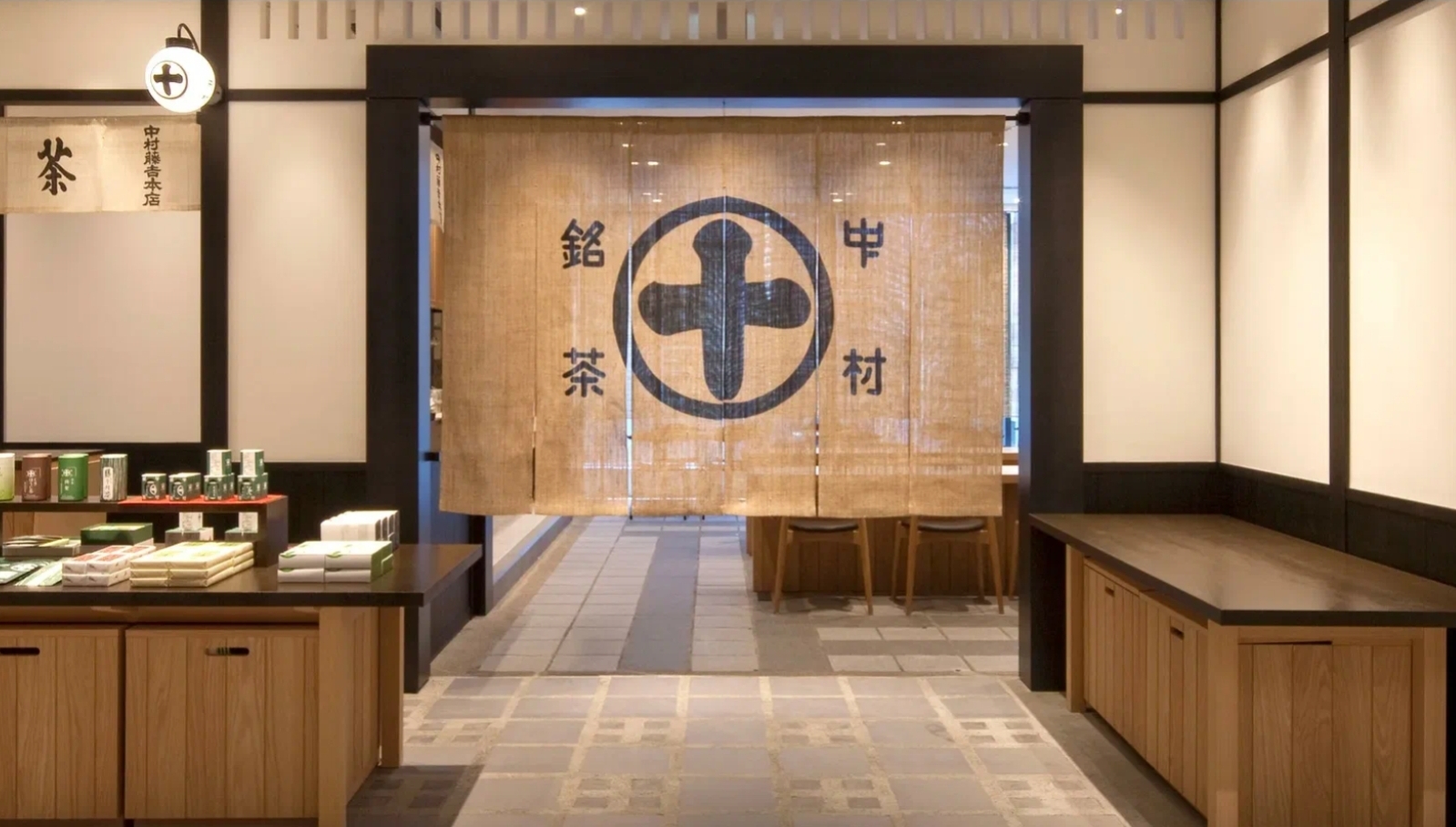
Kyoto is renowned for its matcha tea, and there are various matcha cafes and teahouses throughout the city. One of the most iconic matcha cafes in Kyoto is Nakamura Tokichi Honten, located in Uji. This cafe is recognized as the ‘Best Matcha Cafe in Kyoto’ and the ‘Overall Winner.’ They use matcha harvested from their tea gardens, which ensures a unique and unparalleled experience for customers.
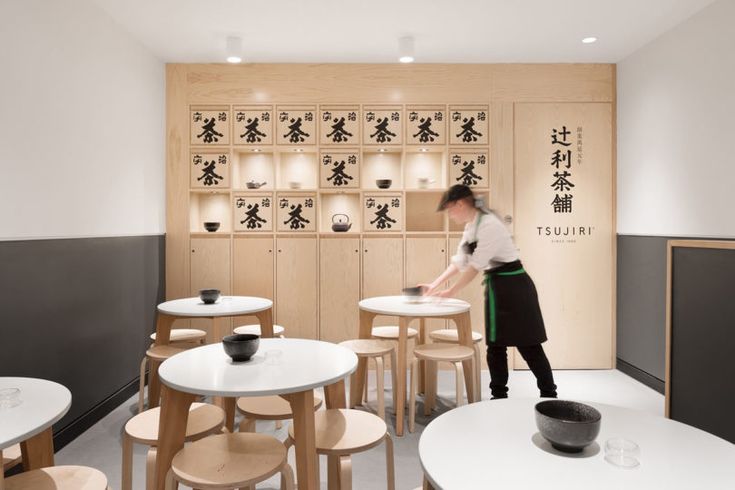
Another notable matcha cafe that is worth visiting is Tsujiri Tea House, located in Gion City Center. This cafe specializes in traditional Japanese matcha treats and offers a blend of modern amenities and traditional charm.
Traditional Teahouses
Apart from matcha cafes, Kyoto also boasts several traditional teahouses that offer an authentic matcha experience. Shimizu Ippoen is a teahouse that has preserved its heritage since 1945, and it is one of the most popular traditional teahouses in Kyoto. They specialize in matcha parfaits and use fresh matcha powder from Kyoto Prefecture.
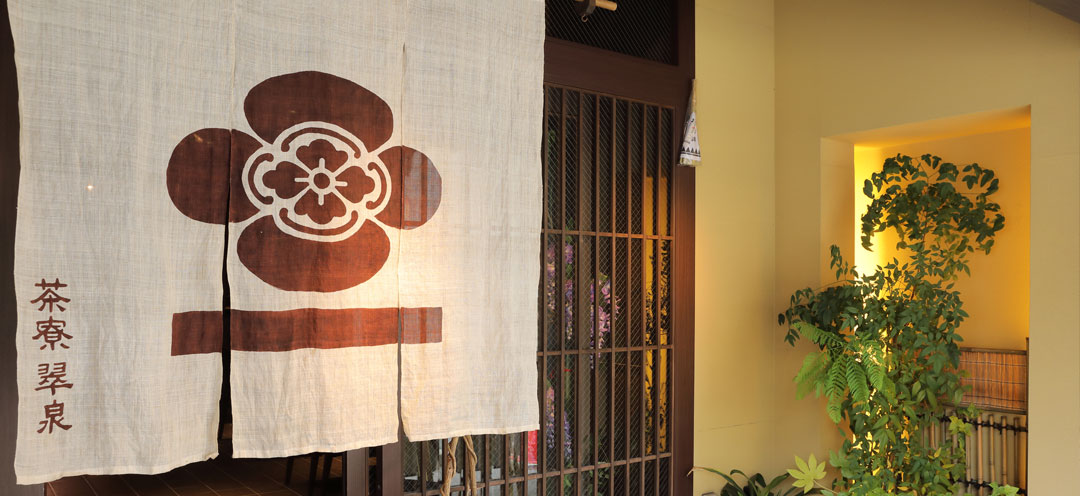
Saryo Suisen is another traditional teahouse worth visiting. They offer an exquisite selection of matcha treats and capture the authentic essence of Kyoto’s matcha culture.
Overall, Kyoto has a wide range of matcha cafes and traditional teahouses that offer unique matcha experiences. Other notable matcha cafes and trendy cafes in Kyoto include Fukujuen, Gion Tsujiri, Kyoto Main Store, Saryo Tsujiri, Ten Japanese Cafe and Gift Shop, and Ikusu Cafe.
Matcha Sweets and Desserts
Innovative Matcha Confections
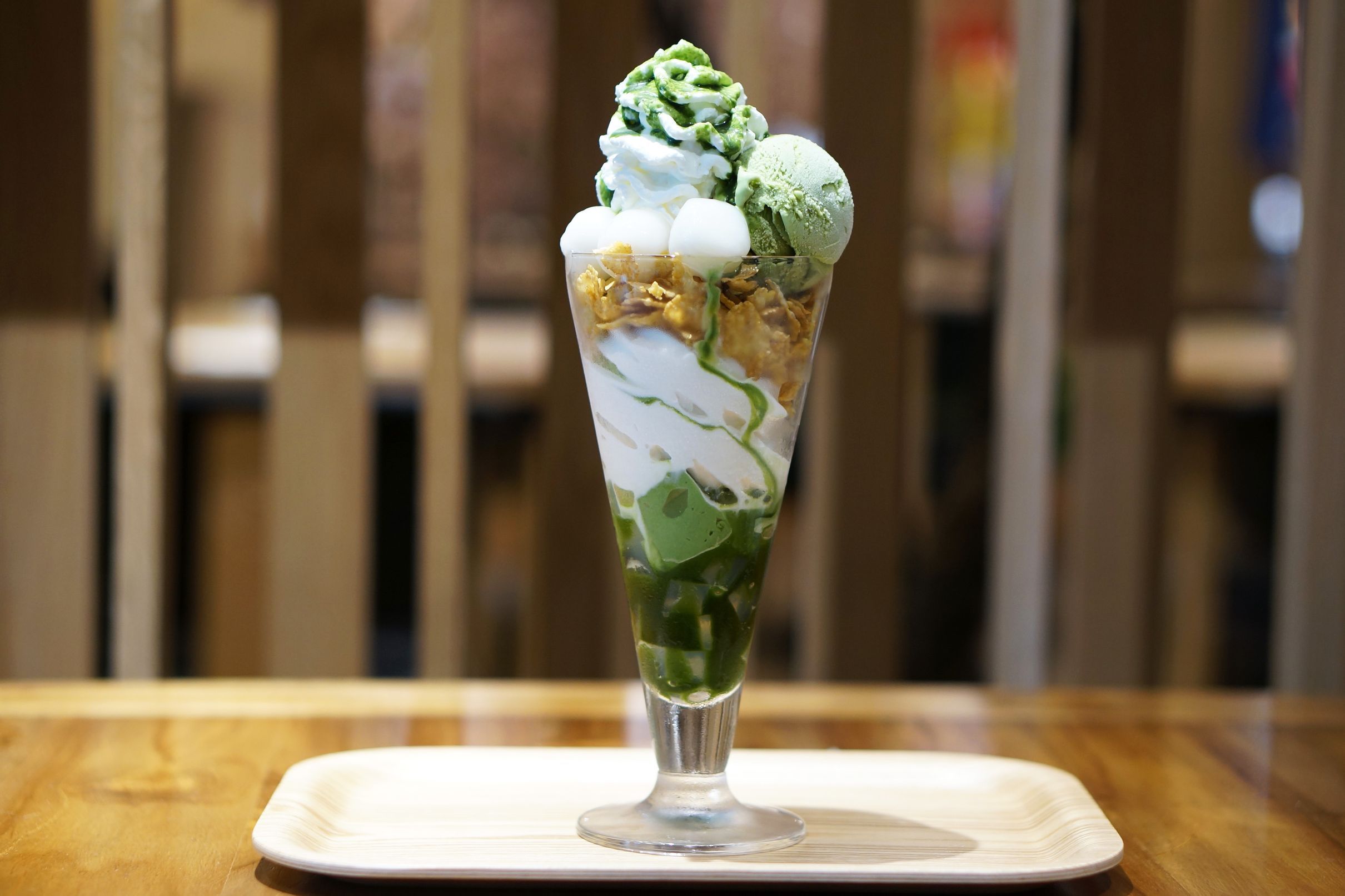
Matcha is a popular ingredient in Japanese sweets and desserts. One of the most popular matcha desserts is the matcha parfait, which is a multi-layered dessert that typically includes matcha ice cream, jelly, whipped cream, and fruits. Another popular matcha dessert is shaved ice infused with matcha, known as matcha kakigori. This refreshing dessert is perfect for hot summer days. Matcha tiramisu is another innovative matcha dessert that offers a unique balance of flavors with the traditional coffee component. It features a rich layer of matcha, giving this classic Italian dessert a unique Japanese twist.
Popular Matcha Desserts
Matcha-Themed Gifts and Treats
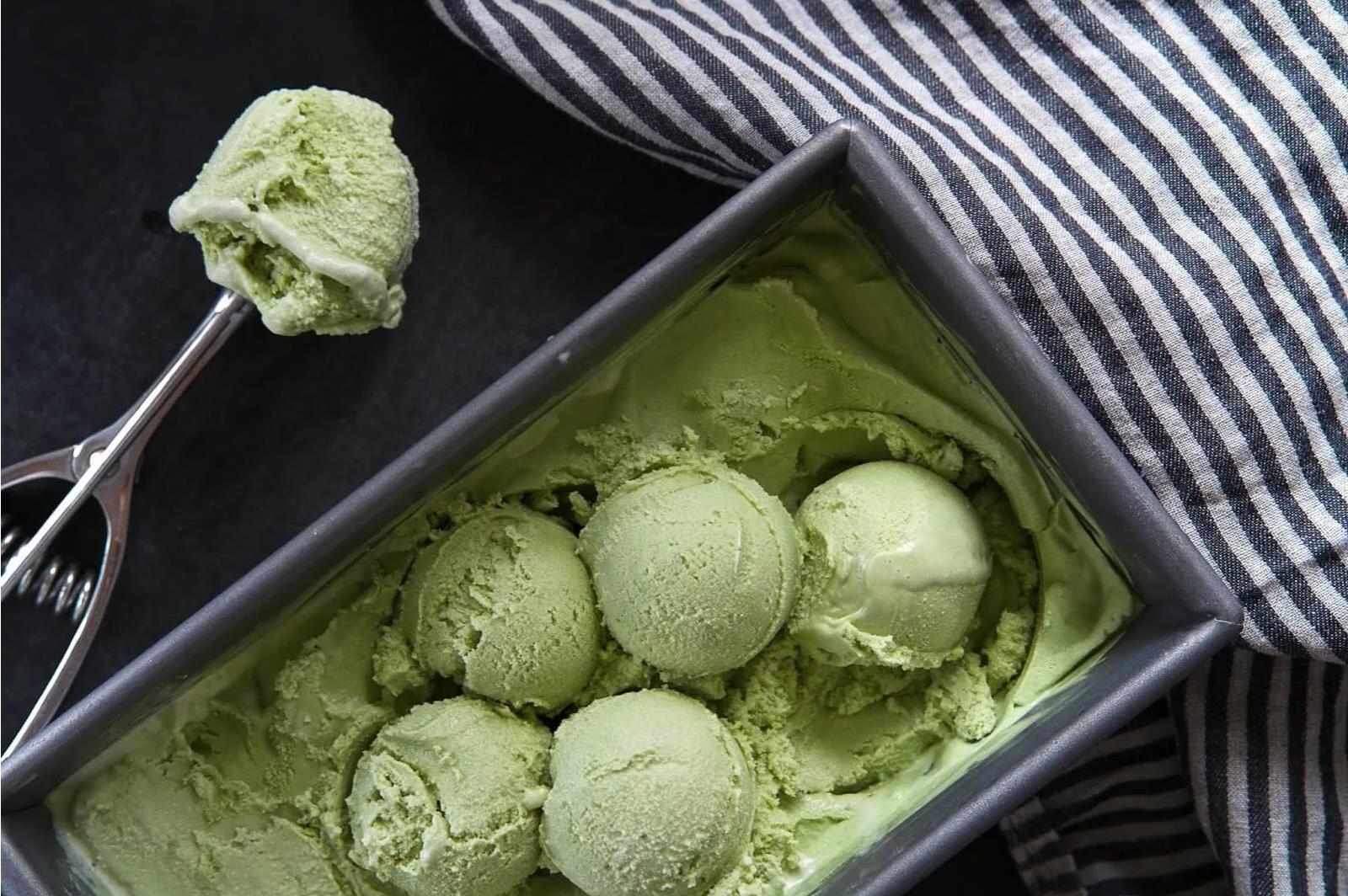
Kyoto is known for its traditional matcha sweets that have gained popularity worldwide. Among the most famous matcha desserts is matcha ice cream, which combines the creamy texture of ice cream with the earthy flavor of green tea. There are several variations of matcha ice cream desserts in Kyoto, ranging from simple scoops to elaborate creations with beautiful garnishes.

Matcha jelly is another popular dessert that offers a unique texture when served with fruits or other sweet accompaniments. Kyoto’s version of warabi mochi, a traditional Japanese dessert, is another matcha treat worth discovering. Made from bracken starch and coated with matcha powder, this chewy dessert is showcased in tea shops and cafes throughout the city in many other delicious forms.
Kyoto is home to numerous souvenir shops offering a vast selection of matcha-themed items that make perfect gifts or personal treats. One of the most prominent matcha stores in Kyoto is Nakamura Tokichi, known for its handmade Japanese sweets and matcha-infused treats. With several branches, Nakamura Tokichi is a must-visit for matcha lovers. Another notable shop is Tsujirihei Honten, which specializes in matcha and matcha sweets and is known for its cozy atmosphere. Visitors can indulge in delightful matcha treats there, making it the perfect place to unwind after a day of exploring the city.
For a unique matcha experience, Jouvencelle is a must-visit. It combines traditional Japanese matcha with French-inspired desserts, creating fusion treats that are both eye-catching and delicious.
If you’re looking to bring home some matcha souvenirs, here are some must-buy items from Kyoto:
- Matcha green tea powder: A versatile staple for making tea, lattes, or baked goods.
- Matcha chocolates: Irresistible green tea-flavored chocolates for your sweet tooth cravings.
- Matcha cookies and biscuits: Shareable treats with a delightful crunch and matcha twist.
- Handmade Japanese sweets: Artisanal sweets blending traditional flavors and craftsmanship, like Yatsuhashi.
Kyoto Matcha Tourism
Kyoto is the perfect place to immerse yourself in the rich tradition of Japanese tea culture. One of the best ways to experience Kyoto’s Matcha scene is to join a Matcha Experience Tour. These tours offer hands-on activities like Matcha tea ceremonies and Matcha-making workshops. Along the way, visitors can learn about the history and techniques of producing and enjoying this traditional Japanese drink.
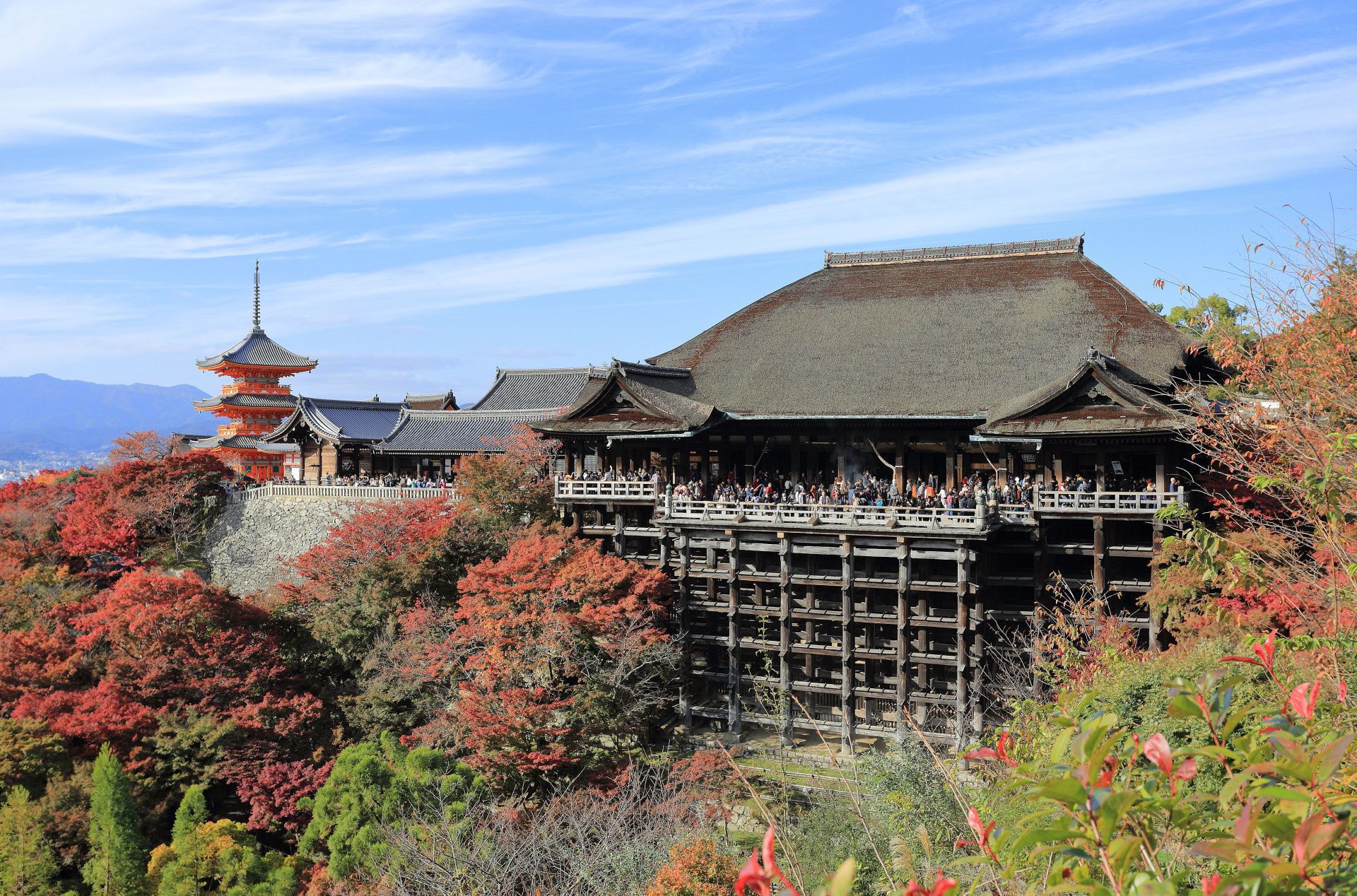
While exploring the city, visitors should not miss out on Kyoto’s iconic landmarks. Some of the must-see sites include Kiyomizu-dera, a stunning temple that ranks among Kyoto’s most-visited places. After exploring nearby Matcha shops, visitors can enjoy the city’s panoramic view from the temple’s wooden terrace. Kyoto Station is another landmark that visitors should not miss. This modern architectural marvel is a transportation hub and shopping centre that offers a variety of Matcha cafes and shops to indulge in delicious Matcha treats.
Matcha Experience Tours
Matcha Experience Tours are a great way to immerse oneself in Kyoto’s Matcha culture. Visitors can participate in hands-on activities like Matcha tea ceremonies and Matcha-making workshops. These tours offer a unique opportunity to learn about the history and techniques of producing and enjoying this traditional Japanese drink.
Visiting Kyoto’s Matcha Landmarks
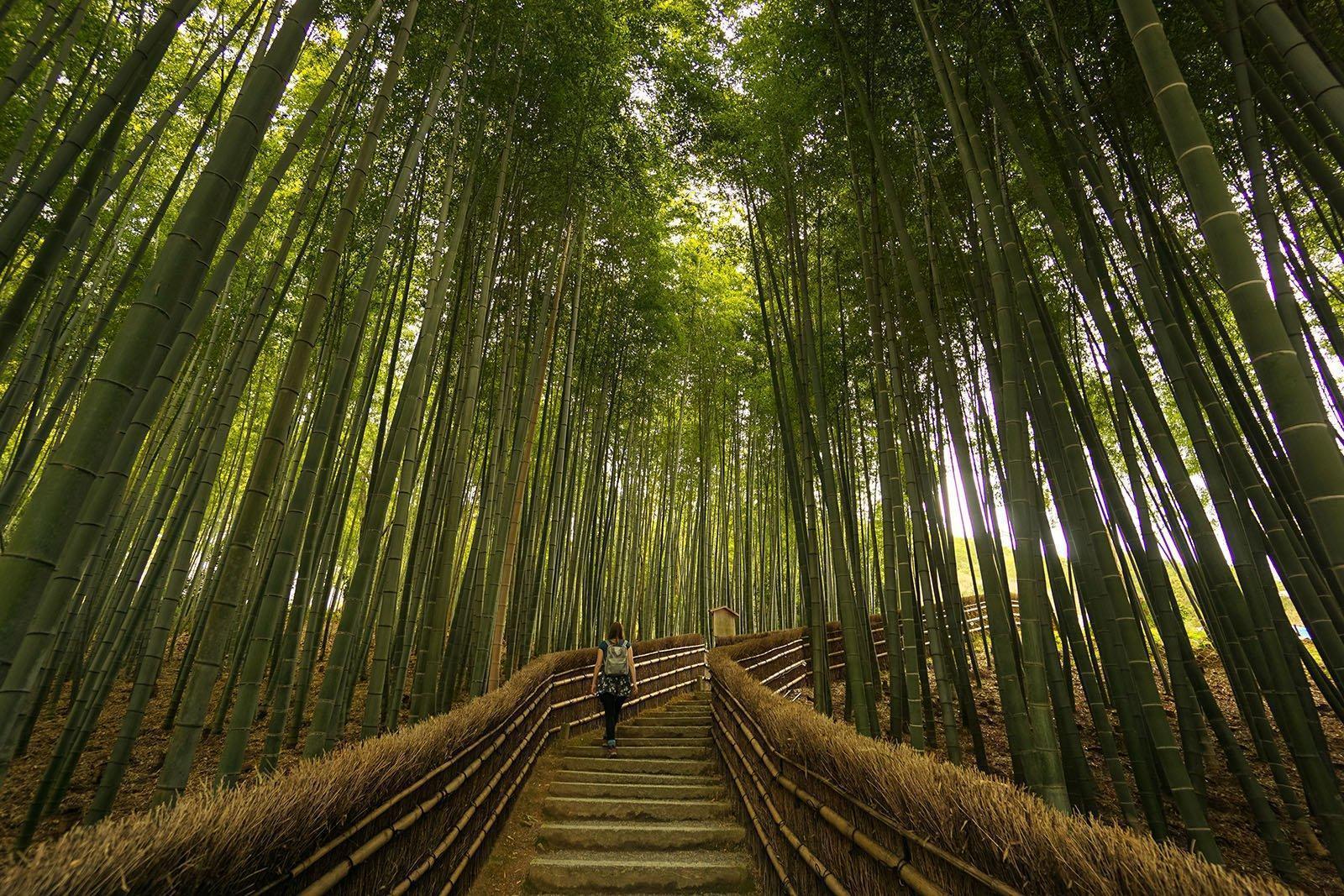
Visitors to Kyoto can complete their Matcha adventure by visiting some of the city’s iconic landmarks. The Arashiyama Bamboo Forest is a unique backdrop for a peaceful Matcha experience. Nearby tea houses offer the chance to savour a cup of Matcha amidst the bamboo groves. Byodo-in Temple, located in Uji, is a stunning piece of architecture and a significant Matcha destination. Uji is known for its high-quality Matcha production, and visitors can enjoy plenty of Matcha-flavored treats in the city that surrounds the temple. Yasaka Shrine, located in Kyoto’s Gion district, is another famous landmark that visitors should not miss. The shrine hosts the annual Gion Matsuri festival, and visitors can explore the surrounding area and look for tea houses that offer authentic Japanese tea experiences.
Kyoto’s Matcha tourism offers visitors a unique opportunity to immerse themselves in the rich tradition of Japanese tea culture. With Matcha Experience Tours and iconic landmarks, visitors can learn about the history and techniques of producing and enjoying this traditional Japanese drink while exploring the city’s beautiful sights.
Matcha Product Innovations
Emerging Matcha Products
The Matcha industry has grown considerably in recent years, leading to the emergence of various innovative matcha products. Kyoto offers an assortment of matcha-flavored snacks, including KitKats and cookies. Matcha-infused beverages such as lattes, smoothies, and cocktails have also become popular. This caters to a growing interest in unique and healthy beverages, especially premium matcha.
Final Words
Kyoto’s Matcha brands and products are constantly evolving to cater to diverse consumer preferences, while still maintaining their traditional roots. Visitors are encouraged to try out the various options available during their visit.
